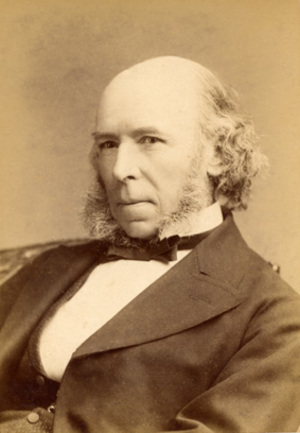Norman Rockwell created some of the most recognizable artwork of the 20thcentury. Because he was most famous for his cover artwork for the periodical The Saturday Evening Post, critics in the art world didn’t always consider him to be a serious artist, instead labeling him an illustrator (a title that Rockwell had no problem with, considering he penned a 1960 autobiography called My Adventures as an Illustrator). Others criticized Rockwell’s idealized portrayal of American life. Critics aside, Rockwell was a master in his field producing over 4000 works in a career that spanned nearly 60 years.
According to The Norman Rockwell Museum, many of Rockwell’s paintings were lost in a 1943 studio fire. Even with that tragic loss, Rockwell’s work is some of the most well known and recognized of the 20th century. Here are some of the most famous paintings by Norman Rockwell.
The 4 Freedoms (1943). Inspired by a 1941 State of the Union Address by President Franklin D. Roosevelt, Rockwell’s 4 Freedoms paintings were a series of works that depicted American’s basic human rights during the war. Rockwell’s paintings in this series – “Freedom of Speech”, “Freedom From Fear”, “Freedom From Want”, and “Freedom to Worship”- are some of his most well known images, most notably “Freedom From Want” which has come to symbolize a typical holiday in America.
Rosie the Riveter (1943). According to Pop History Dig, Rockwell’s portrayal of the patriotic, World War II working woman did not go down in history as the most famous image of “Rosie the Riveter” (that distinction went to J. Howard Miller’s ‘We Can Do It” poster for Westinghouse) . But Rockwell’s depiction is also very recognizable and it was the first visual America had of the fictional Rosie.
Willie Gillis series (1941-1942). Rockwell’s recurring character of Willie Gillis was very well known in the early 1940’s. Willie Gillis was the typical boy next door- who just happened to be a soldier. Rockwell’s paintings of Gillis helped American’s to better understand the life of a young soldier at the time. The paintings included “Willie Gillis’ Package From Home”, “Willie Gillis at the U.S.O.”, “Willie Gillis in a Blackout”, “Willie Gillis in Church”, and “Double Trouble for Willie Gillis”.
First Love (1926). Many people instantly recognize this caricature-like picture of a boy and girl sitting on a bowed bench looking at the sunset.What is interesting about this piece is the fact that you can’t see the young couple’s faces-a rarity for a Rockwell painting. This painting has also been known as “Little Spooners”, “Puppy Love” and “Sunset. In 2010 Google featured this picture as the Google Doodle on February 3rd, Rockwell’s birthday.
Saying Grace (1951). Undoubtedly one of Rockwell’s most well known Post covers, this painting depicts a young boy and an old woman (most likely the boy’s grandmother) saying grace before eating at an unsavory diner. Onlookers stare at the oblivious duo as they bow down their heads in prayer.
Girl at the Mirror (1954). Instantly familiar, this picture of a young girl on the cusp of adolescence is one of Rockwell’s most poignant. The girl, holding a glamour magazine in her lap, stares at herself in the mirror. A hairbrush and a tube of lipstick lay on the floor, as does the girl’s beloved doll, which has been tossed aside.
The Problem We All Live With (1963). This controversial painting- a depiction of a real life incident- portrayed a young African American girl named Ruby Bridges as U.S. marshals escorted her to an all-white elementary school for her first day of kindergarten in 1960. The painting appeared in Look magazine and became a symbol for racial integration in the 60’s. Bridges later wrote Through my Eyes, a book about her experiences, including the day she learned she was the subject of the famous Rockwell painting. This painting stands out as one of Rockwell’s most famous because of the controversial subject matter and also because it was extremely unlike most of Rockwell’s other work.
Sources:
102 Favorite Paintings By Norman Rockwell, Finch, Christopher, 1978
http://en.wikipedia.org/wiki/Norman_Rockwell
www.nrm.org
http://www.pophistorydig.com/?tag=norman-rockwell-rosie-the-riveter
http://www.saturdayeveningpost.com/2009/05/16/art-literature/artists-illustrators/illustrator-norman-rockwell/rockwells-willie-gillis.html
http://www.rubybridges.com/





